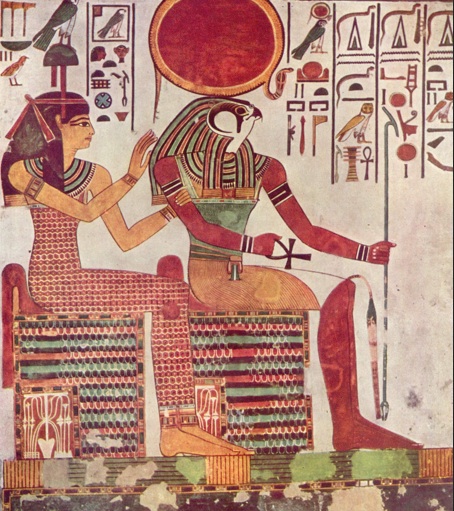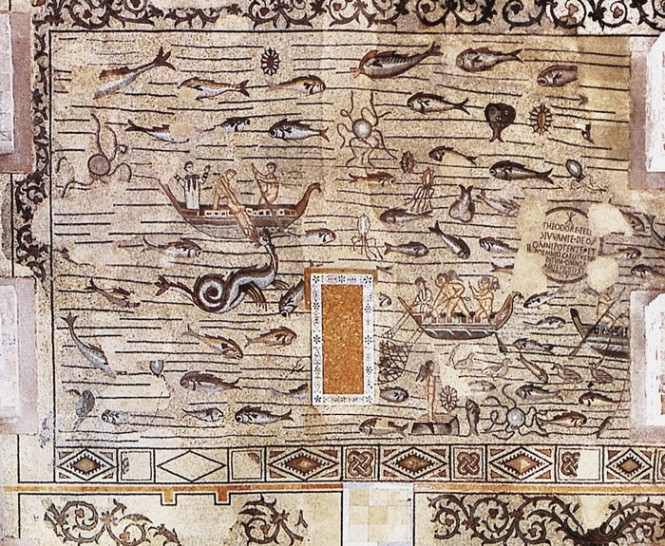

At the tail-end of 2016, the Oxford Dictionary made ‘post-truth’ their new word of the year. If we’d needed any further proof of the mood that was spreading through politics at the time, we had it – the post-truth era was in full swing.
I’d find it hard to deny that recent years have felt like a new low in politics within my lifetime; there have been scandals that came close, but the freewheelin’ buffoonery, shifty evasions and straight-up lies going unpunished daily does feel like a new ‘era’ of sorts.
But there are some things that get bundled together under the ‘post-truth’ umbrella that I’m not so convinced are new phenomena at all. Amidst all the casual dishonesty is the idea that now, suddenly, people’s opinions are not shaped by competing, logical arguments, but by pure gut instinct. Throwing logical arguments at people is like water on a chip pan fire, they say; opposition only strengthens people’s resolve to double-down, encouraged by the cheering-on of their like-minded tribe.
This isn’t new behaviour, and in fact, I think we know it. The bottom line is this: humans form our worldviews as much from stories, relationships and emotional attachments as we do from cold, hard facts. Meanwhile, it’s hard-wired into the Western mindset to deny that we have any ideology other than reason alone: and it’s that misconception, rather than some new unruly way of thinking, that left us singularly unprepared for the apple-cart-upsetting blowouts of the last two years.
The myth of the Renaissance
The West has long been on a mission to convince itself that rational, empirical thinking is the only valid form of thought; true and false the only measures of value. This is the legacy of the Renaissance – Europe’s rediscovery of ancient Greek thought, which led us to the Enlightenment and the onset of the modern age. The Renaissance reignited the idea that rational insight was a higher form of ‘knowing’ than other forms of thought, including actual experience, or imagination.
Thereby ‘myth’ became an ugly word, something that needs to be ‘debunked’. Ironically, that attitude is the very myth – the story –that the Renaissance gave us. And, in the way that stories do, it became woven into the fabric of everyday life; it was the engine that drove incredible scientific discovery, but it also re-energized the European monarchies in their colonial conquests.
Nowadays it echoes in Douglas Adams (“Isn’t it enough to see that a garden is beautiful without having to believe that there are fairies at the bottom of it too?”) or in Richard Dawkins: “we don’t have to invent wildly implausible stories [because we have] real, scientific investigation”. But I was pleasantly surprised to see Dawkins’ friend Philip Pullman distance himself from this:
“On the contrary, I’d rather say that there are times when we have to keep our reason in line. I daresay that [imagination] is in fact where a good deal of scientific discovery begins. In the old expression, reason is a good servant but a bad master, and its powers are limited.”
And even this is to make it seem like ‘reason’ and ‘imagination’ can be easily separated. But as Pullman rightly says, earlier in the piece: “Everything that touches human life is surrounded by a penumbra of associations, memories, echoes and correspondences that extend far into the unknown.”
It’s a common knee-jerk reaction in Western societies to think a ‘knowledge gap’ is the issue; that problems will be solved if we give people enough facts. But it doesn’t stand up, as Sarah and Jack Gorman conclude in Denying to the Grave. No matter how well-educated, humans are capable of maintaining wrong beliefs for a lifetime, even beliefs which harm themselves. To try to persuade humans to behave totally rationally is a lost cause.

Faith and art are ahead of the curve
This is the artist’s home turf, though. Or not just artists, even; as an avid reader, I know that my worldview isn’t based on cold facts alone. Stories like The Grapes of Wrath, Brave New World and Infinite Jest genuinely changed my opinions and rewired my thinking. It doesn’t bother me for a moment that they’re not ‘true’ stories.
And while I’d obviously disagree with Philip Pullman when he puts faith in the exact same bracket as magic or imagination, it is true that a faith tradition like Christianity, because of its Hebraic roots, is already in touch with a pre-Renaissance (or pre-Greek) form of thought. So you would hope that Christians are ahead of the curve by being comfortable with how stories shape worldview – mythopoesis, as Alastair McIntosh calls it. After all, we constantly make decisions based not just on facts, but on faith.
Christianity in the modern age has spent a lot of time making factual arguments like the historical case for Christ, or the scientific case for God. Far be it from me to criticise any of that, but in the end, I suspect it is typically experience – subjective, emotional, personal – that makes the difference in creating lasting faith. I don’t have any stats to prove that, but I think Francis Spufford is quite right to argue that Christianity makes emotional sense in a way that even watertight philosophical arguments can’t match.
So as Christians should know, and as artists certainly know, we all draw inspiration from stories that we can’t entirely explain or quantify in a rational sense. The value of a myth simply doesn’t lie in being true or false. It has value if it points us in a good direction, and that direction affects how we make rational decisions in the future.
Facing fears in the new post-truth era
As I said at the start, ‘post-truth’ can mean many things. And whichever way we look at it or define it, we are still feeling the weight of irreconcilable differences between tribes in the West. It’s also true that some of the deeply-lodged stories in people’s hearts are actively harmful to others, and that’s a real issue.
So I don’t want to conclude this by seemingly sweeping things under the carpet, like necessary protest or much-needed justice. But I will say – if Christ’s call to love your enemy means loving the person that you hate to think of as human, then in my case, I have to admit that includes right-wing politicians. The way I talk and think about them implies they’re “not even human”. And I need to give that consideration.
I do think politicians in particular have a responsibility to learn, and look outside their experience; I do think that, in practice, our government sorely lacks empathy. But should I really respond by dehumanizing them in turn? Looking across the table at my ‘enemies’ I have to choose to see humans, shaped by stories – rather than faceless ghouls. It’s not enough to complain they “won’t listen to reason”.
Because we’re all post-truth people. We all have stories that tell our hearts what to believe. I hope, in a strange way, that this gives us less reason to despair, or at least helps us to face our political adversaries with humility. Changing the hearts of a people is not just an artistic, but a spiritual task that it’s up to us to embrace. There is no easy path; it turns out Christ’s challenge is harder than most of us can imagine, and in an age of absolute division, the narrow road is the road filled with empathy, contradiction and nuance.


















